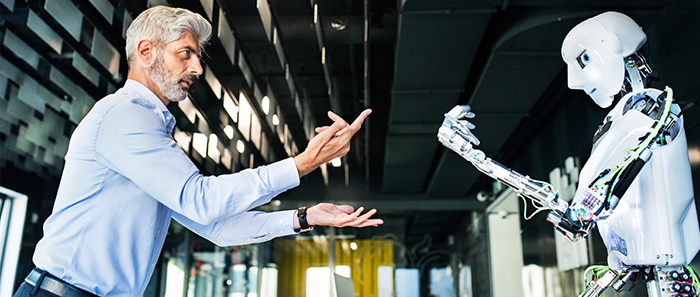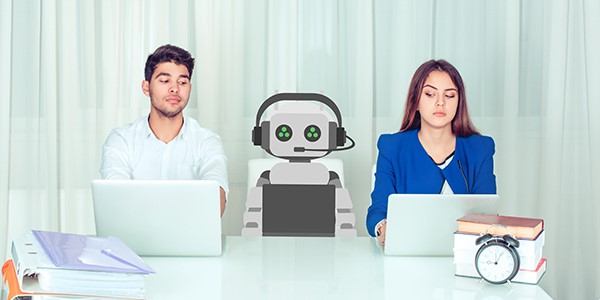The rapid development of artificial intelligence (AI) is promising big things. According to research by Accenture, AI could increase labour productivity by up to 40 per cent and double the annual economic growth rates in 12 developed economies by 2035.
In doing so, AI is set to change the nature of work. We’ve already seen self-checkout technology decimate the retail workforce, and AI-powered customer assistants are expected to send the sales profession the way of the dinosaurs.
Self-driving vehicles may put couriers, long-haul truck drivers and transport and logistics workers of business, and automated phone and scheduling services may also spell the end of office administration staff.
And many other professions are not safe either. News-gathering algorithms may make human journalists redundant in coming years; a law algorithm recently achieved a 70 per cent success rate in 8,000 test cases; hospitals and pharmaceutical chains are already replacing human pharmacists with automated machines; and even highly skilled surgeons are under threat from increasingly sophisticated surgical robots.
Emerging opportunities
But it’s not all doom and gloom. Experts believe it will be many years before AI is capable of completely replacing creatives like writers, designers and artists, and executive management positions are also likely to remain in human hands for the foreseeable future.
The AI revolution is also serving up a range of new work opportunities for the next generation, but they’ll require new skill sets that our kids should be learning today.
According to Australian government figures, the number of software and applications programmers will grow from 121,300 in 2018 to around 146,800 by 2023. ICT support and test engineers will also be in increasing demand, with a jump from 7300 positions in 2018 to a predicted 8600 by 2023.
Coding, systems infrastructure and quality assurance skills are winners in both industries, and data analytics should also take a primary place in school and university curriculums as we face the growing need for data analysts to make sense of the enormous amounts of data organisations are currently collecting.
The rise of ‘cobotics’
Perhaps the largest growth industry for our kids will be robotics engineering. Robots are already filling many manufacturing jobs, but increasingly sophisticated AI-powered cobots (collaborative robots) are set to transform many more industries.
Cobots are not limited to protected silos on factory floors. Rather, the light, mobile machines will work with and alongside people in shared environments, and will be teachable in order to complete or assist with a huge variety of tasks across a wide range of industries.
Queensland students are getting a jump on the competition, with coding and robotics already a compulsory component of school curriculum in the sunshine state, and the $1.1 billion National Innovation and Science Agenda (NISA) aims to improve STEM (science, technology, engineering and mathematics) skills and digital literacy among all Australian school students. NISA also includes $1.5 million in funding to support the delivery of AI education in schools.
But we’ll need to continue to increase our commitment to this kind of high-tech education if we’re to equip our kids with the skills they’ll need to thrive in a rapidly changing world.




